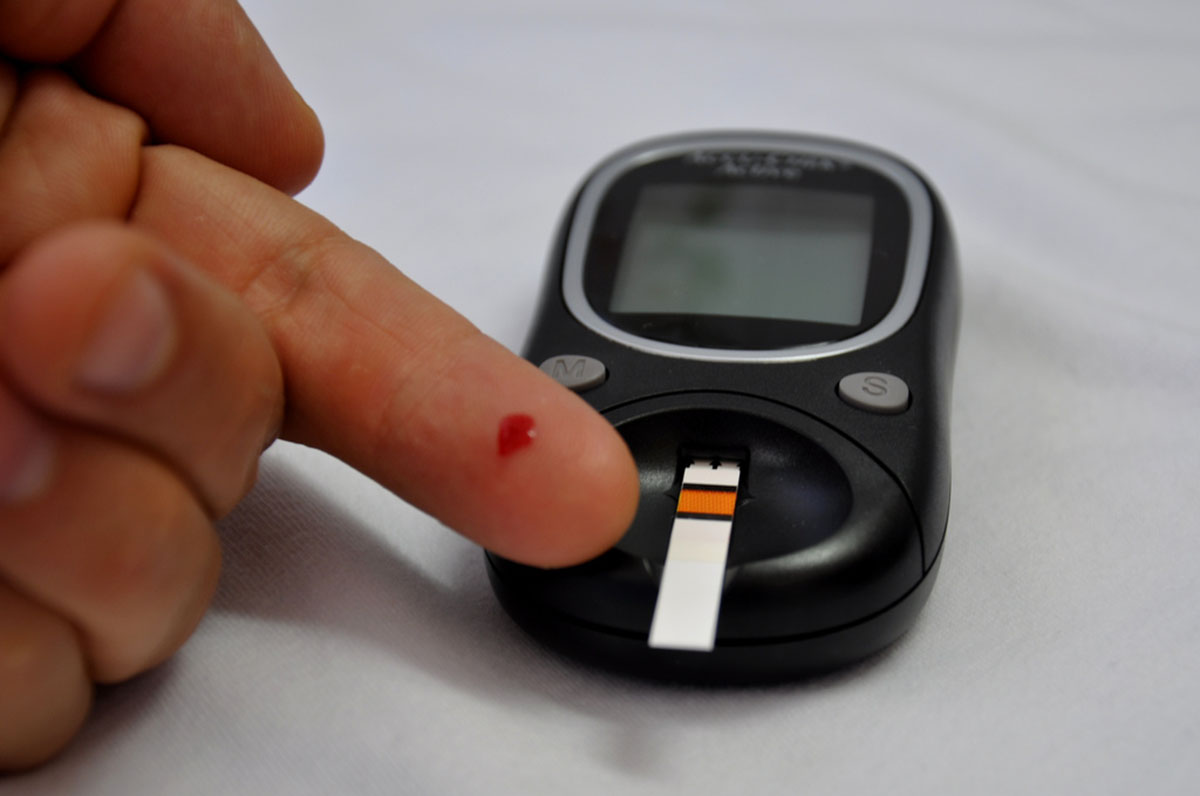Table of Contents
More and more doctor's offices are abandoning in-office blood sugar testing with a finger prick to take a blood sugar reading. The cost of the test strip and the nurse's time adds about $7 to the doctor's office overhead, and doesn't usually provide useful information. However, this growing trend at doctor's offices doesn't mean that diabetics shouldn't be doing a lot of testing on their own. The simple truth is, diabetics tend not to keep their blood sugar levels in check.

There are slight differences from clinic to clinic and from study to study, but an "average" HbA1C number for an American diabetic is about 9.1 percent. That roughly corresponds to an "average" blood sugar level of 220 mg/dl (the measurement used in the United States) or 12 mmol/L (the measurement used in most of the rest of the world).
Even an HbA1C of 6 percent, which corresponds to an average blood sugar level of 122 mg/dl or 7 mmol/L has an increased risk of complications.
The bottom line is, most diabetics need to do better to keep serious complications from popping up after they have had the disease for five, ten, or fifteen years. Diabetics need to achieve an HbA1C level of 6.0 percent or lower, which means keeping blood sugar levels at 105 to 110 mg/dl (5.5 to 6.0 mmol/L) on average 24 hours a day.
When Diabetics Need to Test, Test, and Test Some More
Type 2 diabetes is an insidious disease. At first the pancreas can't keep up with the body's need for insulin in the one or two hours immediately after meals, but it can usually catch up overnight. Screening tests for diabetes usually rely on fasting blood sugar levels, so the earliest stages of the disease are not detected.
READ Twenty Healthy Snacks for People with - and without - Diabetes
The problem is that every time that blood sugar levels exceed 170 mg/dl (10.0 mmol/L), cells all over the body shut down receptor sites for insulin to avoid being flooded with sugar. In the process, they become insulin resistant. This makes the pancreas work just a little harder to get blood sugar levels back to normal overnight. By the time the pancreas is so worn out, or, as endocrinologists explain it, beta cells become depleted, that even fasting blood sugar levels are high, the disease is progressed nearly so far it can't be reversed, it can only be treated.
Why Wouldn't a Diabetic Diet Take Care of the Need for Blood Sugar Testing?
The main reason diabetic diets don't work is that diabetics usually don't follow them. They allow themselves a piece of candy here or a slice of cake (or a quarter of a cake or half of a cake or a whole cake) there. They forget their second helpings and their extra carbs.
READ Diabetes: Early Signs & Symptoms You Can't Ignore
If you test your blood sugar levels five times a day, there's no overlooking the effects of diet, or failure to follow diet. However, not every diabetic needs to test quite that often.
- James L. Wofford, MD, MS
- Melanie J. Martin, MD
- Claudia L. Campos, MD. Eliminating Routine Glucometer Readings in the Office Setting: Correcting a Foolish Consistency. JAMA Intern Med. Published online September 26, 2016. doi:10.1001/jamainternmed.2016.5769.
- Photo courtesy of v1ctor: www.flickr.com/photos/v1ctor/10871254373/
- Photo courtesy of Michael Stern: www.flickr.com/photos/68711844@N07/15204286153/
- Photo courtesy of v1ctor: www.flickr.com/photos/v1ctor/10871254373/

